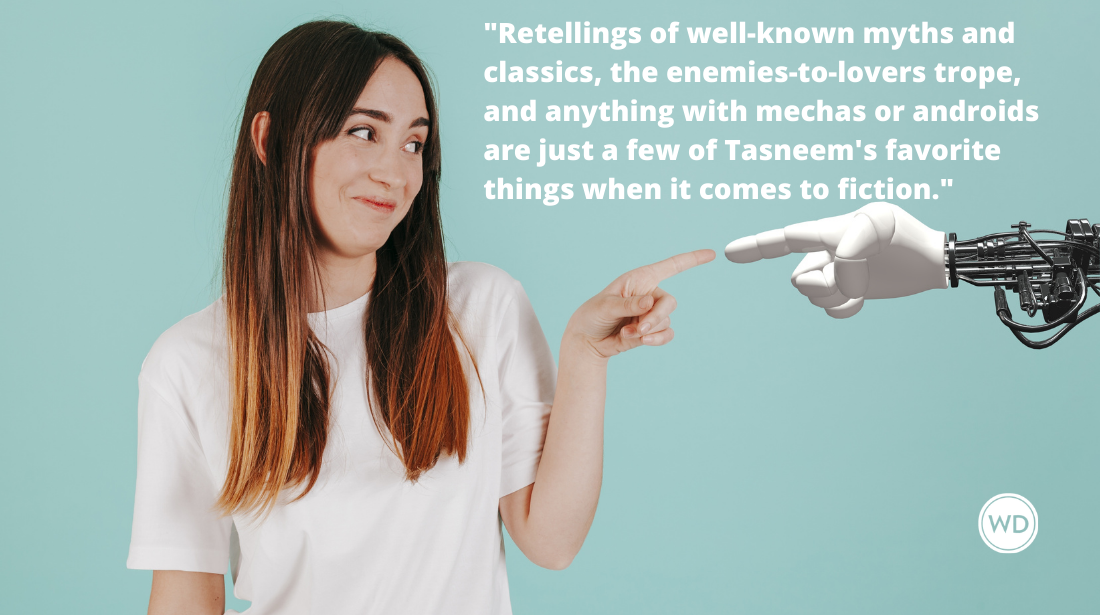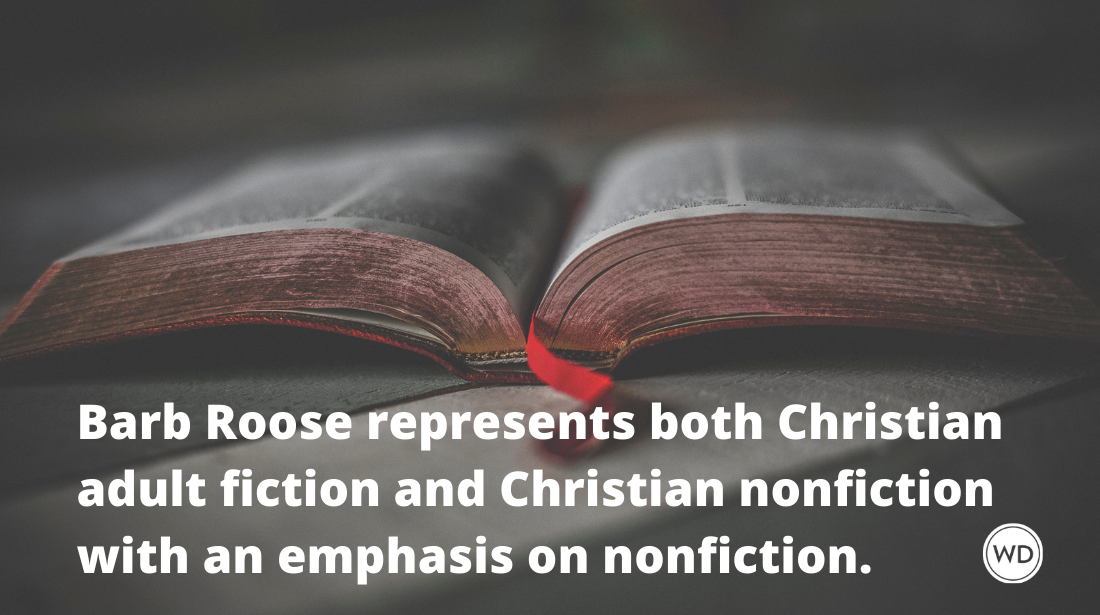Agent Advice: Michelle Andelman of Lynn C. Franklin Associates
The best way to get advice from literary agents is to go directly to the source. In this post, get agent advice from Michelle Andelman of Lynn C. Franklin Associates.
“Agent Advice”(this installment featuring agent Michelle Andelman of Lynn C. Franklin Associates) is a series of quick interviews with literary agents and script agents who talk with Guide to Literary Agents about their thoughts on writing, publishing, and just about anything else. This series has more than 170 interviews so far with reps from great literary agencies. This collection of interviews is a great place to start if you are just starting your research on literary agents.
This installment features literary agent Michelle Andelman, of Lynn C. Franklin Associates (formerly of Andrea Brown Literary), holds a BFA in Dramatic Writing and an MA in English Literature from NYU. Her publishing and film background allows her to offer clients guidance at every stage of story development.
She is seeking: all children's categories, from picture and chapter books to middle-grade and YA fiction, with an interest in fantasy, sci-fi, thriller, adventure, romance, graphic novel, and serious literary projects. She's drawn to high-concept, commercial tween and teen lit if it's edgy, gritty, and daring or all sweetness and light. Stylized but authentic voices, magical realism, Jewish themes, interesting story structure, freak and geek protagonists, identifiable quests, and fully realized storyworlds always catch her eye. Her adult categories are literary and women's fiction, narrative nonfiction, and memoir.
GLA: What's the most recent thing you've sold?
MA: I’m very proud that my most recent sales will launch the careers of two brand new writers. Debut author Jenny Meyerhoff’s chapter book, Third Grade Baby, and contemporary YA novel, Girl in Waiting, both went to Farrar, Straus & Giroux. And, Cheryl Peevyhouse’s dystopian middle grade novel, The Melancholy Chronicles of Keen and Rodder, went to Hyperion. So, unpublished writers should take heart. Editors and agents are certainly looking to nurture and invest in new talent.
GLA: You specialize in children's writing. What are some subjects or styles of writing that you rarely receive in a submission and wonder why more writers don't tackle such a subject/style?
MA: So far goes style and execution, I'd love to see more MG and YA submissions use innovative narrative strategies deliberately and well. For example: alternating voices/POVs, or a structure that plays with narrative time. Kids are sophisticated readers. Books that engage them on the level of storytelling, as well as story, could break out. So far goes subject matter, I don’t see as many stories as you’d think about multicultural families and friendships. I’d also love to see more YA submissions depict awkward, funny and real—rather than flat and glossy—teen romance.
GLA: Simply put, concerning middle grade and young adult—how should they differ? Subject matter? Length?
MA: As a disclaimer, there are exceptions to these rules, with the fantasy genre being a big one. But, typically, MG novels run between 20-40K words and feature protagonists aged 9-13. YA novels run between 40-65K and feature protagonists aged 14+. The type of relationship at the core of a project can also tell you how to characterize it: MG often revolves around a protagonist’s relationships with family and friends, while a story heavily driven by a romantic relationship is going to be YA.
GLA: What are the most common mistakes you see with new writers trying to compose a graphic novel?
MA: Graphic novels are such a fresh format. I adore DC’s Minx line, and I think YA novelist Cecil Castellucci did a wonderful job on The Plain Janes. That said, not all novelists are natural graphic novelists. You need to be a visual storyteller. You need to be able to reveal information via image and gesture, rather than dialogue. You need to be a tight, swift and sparse plotter who favors action over exposition.
Common mistakes I’ve seen: too much text, humdrum rather than spectacular illustrative opportunities, and a graphic novel that doesn’t "need" to be one.
GLA: Many people tend to try their hand at children's writing and picture books, but it's often said that writing such books is much more difficult than writers first consider. Why is this so?
MA: I suspect the common thinking goes that if a writer "knows" children, she can write for them. But a successful children’s author doesn’t simply "know" children—what makes them tick, what their internal and emotional lives are like—but she also knows children’s literature. She's an avid reader, so she's familiar with what’s age-appropriate and authentic to her category of the market. If she's writing a picture book, she’s a skilled visual storyteller and can offer up a plot, character, relationship, or emotional arc in miniature—but still, and this is the difficult part, in full.
GLA: Some publications have said that the picture book market is flat, and publishers aren't interested in new picture book ideas. Any truth to this?
MA: The first half of that statement has been true and, as a result, picture books have proven to be tougher sells in recent seasons. But, importantly and thankfully, the second half of that statement is false. Like any market, the picture book market tightens and trends, so it’s important to know some publishers now want character-driven picture books with less text, meaning lower word counts. But, they’re always interested in new ideas.
GLA: What's your best piece of advice for new writers who wish to submit children's work to agents?
MA: My best one word of advice: professionalize. A new writer who has done her homework on the children's market ahead of time, and submits to agents in a way that suggests a professional approach to a writing career, is going to stand out. Professionalizing may mean doing a few different things that make all the difference: joining a critique group that can help you polish your manuscript before you query, researching and approaching agents according to submission guidelines, crafting a query that aims to pique interest in—rather than fully explain—your project, and joining the Society of Children’s Book Writers & Illustrators (SCBWI).
Chuck Sambuchino is a former editor with the Writer's Digest writing community and author of several books, including How to Survive a Garden Gnome Attack and Create Your Writer Platform.






